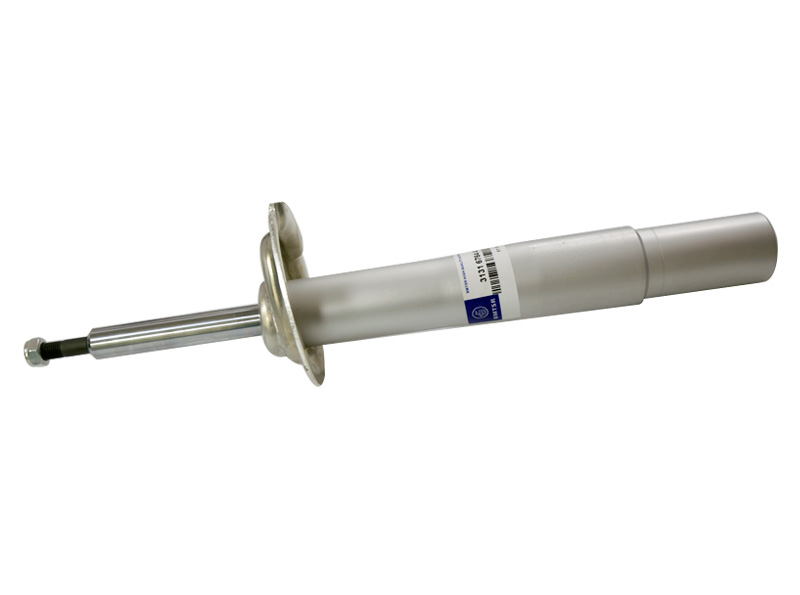High Tech Shock Absorbers

The lowly shock absorber is the unsung hero of any car’s suspension system. Although they have been used for decades, engineers continue to improve them with things like gas pressurization, friction-reducing seals, electronic valve, and even magnetic repulsion technology. Today, several companies are working on the next big advance in the technology: kinetic active systems controlled by sensors and computers. Before we look at the new computerized versions, though, let’s look at how the old style work.
How shock absorbers work
This statement may upset you: believe it or not, shock absorbers have little to do with absorbing shocks. The springs on your car or truck, either coil or leaf-style, on each wheel of your car absorb the shocks and bumps –not the shock absorbers! What the shock absorbers do is dampen the bouncing of the springs so your car doesn’t bounce up and down after hitting a bump. Technically, shocks should be called “spring dampeners” not “shock absorbers” as they currently are.
According to the service manager at Interstate of West Monroe, LA, a full service Dodge, Chrysler, Jeep, Ram dealer, the way that they work is by using motion dampening oil that moves from one chamber to another within the shock. The design of a shock absorber isn’t simple because there are contradictory forces at work. For example, wheel impacts from a pot hole want a soft response but body roll needs a stiffer response. There is always a trade-off between vehicle ride and handling.
High tech kinetic versions
The new Kinetic systems still use oil-filled cylinders with pistons dampening the vehicles springs but utilize some new technology. To diminish the compromise between ride and handling, the creation and manipulation of damping forces are moved outside the shock absorbers. A network of hoses connects all four units to two hydraulic accumulators (sealed containers enclosing pressurized nitrogen and oil). In the some versions, there’s also an electric pump to adjust the pressure inside the accumulators.
How they work
Essentially, the eight chambers inside the four suspension units are interconnected. The top chambers on one side of the vehicle are hydraulically linked to the opposite side’s bottom chambers, and vice versa. It’s a brilliantly simple concept.
Consider what happens when a one-wheel bump is encountered. The suspension motion pumps oil out of one chamber into the other chamber only in that shock absorber. Only one shock absorber is involved.
When the car negotiates a corner, the car begins to roll and the cross-plumbing arrangement yields a response dramatically different from the one-wheel reaction. Now the outbound flow of oil from all four hydraulic units travels into just one accumulator. The nitrogen inside acts as a spring to resist that flow. As a result, the body roll is contained and there’s no need for anti-roll bars.
Because the bump and roll modes act independently, the Kinetic system can be tuned to provide a controlled response to one-wheel bumps and body roll simultaneously. Adding electronically adjustable orifices allows the damping to be matched to car velocity.
The advantages of Kinetic shock absorber systems are so strong that we should be seeing these on dozens of cars soon. As usual, the systems will like show up on sporty luxury cars first.





